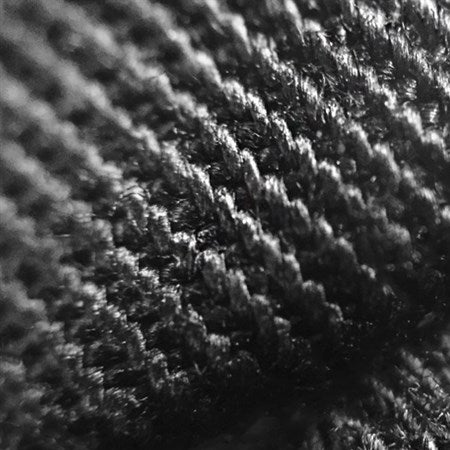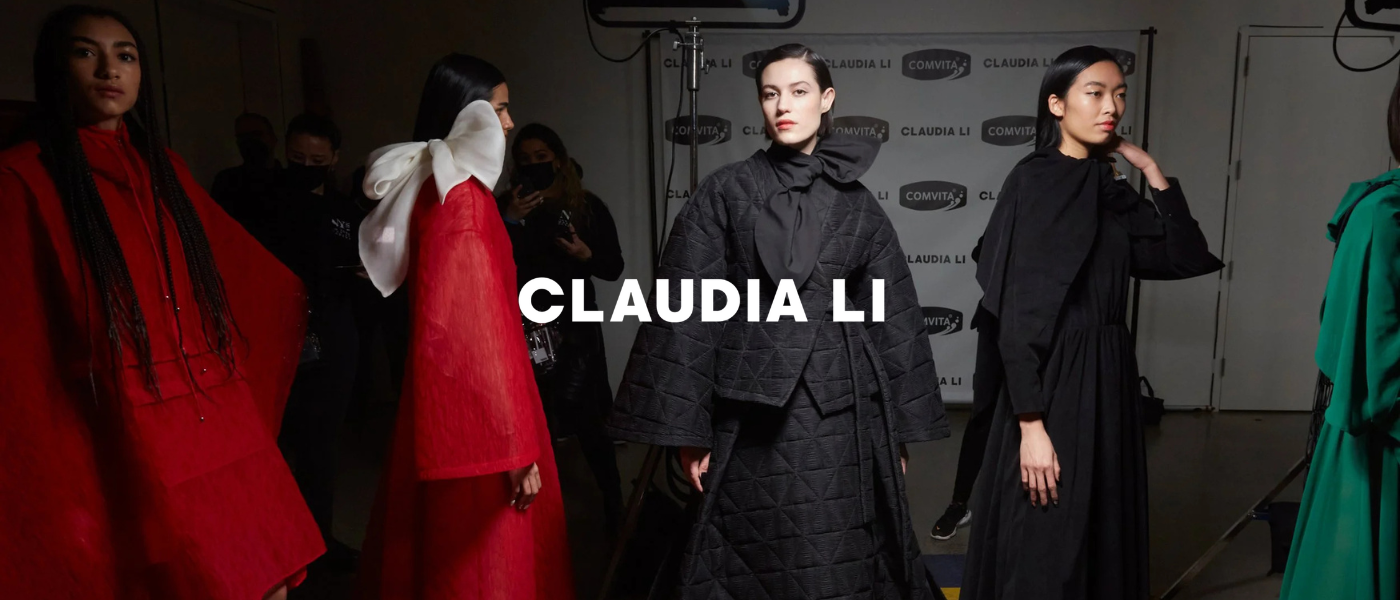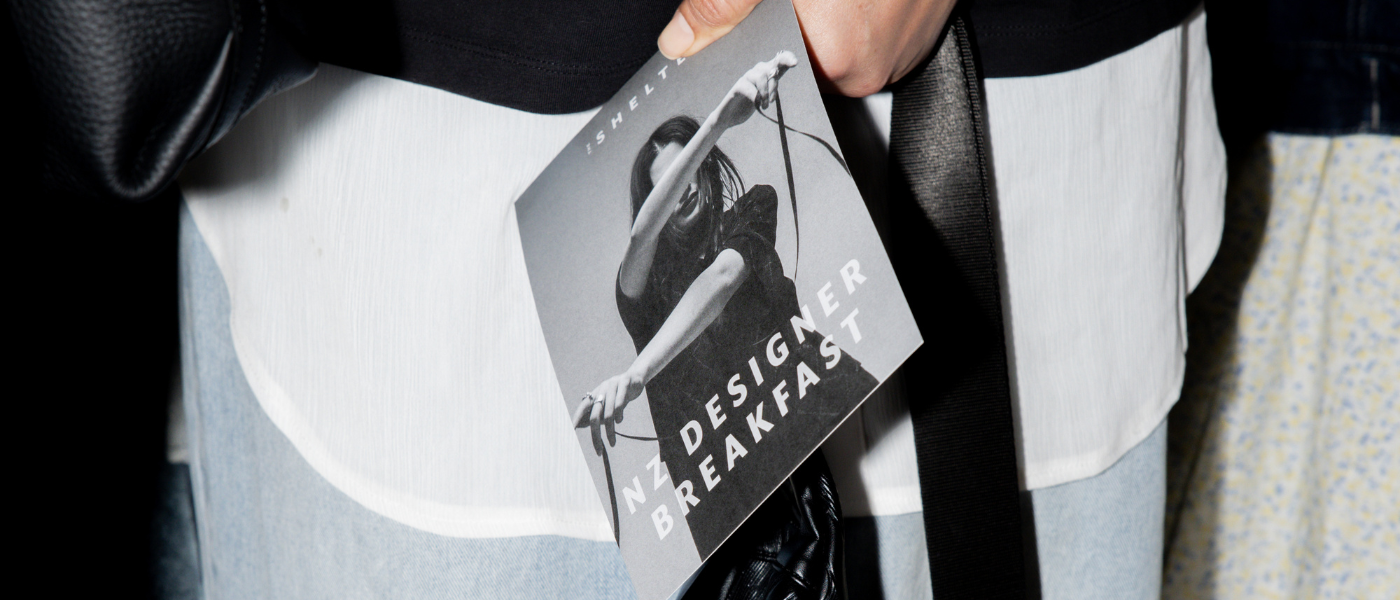
Barbara I Gongini: Sustainability
Posted:

Sustainable fashion starts with design and with you, the fashion wearer. A sustainable approach to making and buying clothes is key to protecting the planet, as well as the lives of those involved in the creation of garments.
BARBARA I GONGINI believes that sustainability is not just a trend, but a cause we can all become part of to secure the future of the upcoming generations.
If you’re interested in making a change, keep reading to discover more about sustainability and ethics in fashion and how you can build a green, zero waste wardrobe!

Sustainable development is about “meeting the needs of the present without compromising the ability of future generations to meet their own needs.”, according to the UN Report of the World Commission on Environment and Development. Therefore, a commitment to sustainability is a commitment to balancing the short and long-term supply and demand of resources.
In fashion, as in any other industry, the concept of sustainability rests on three essential pillars, also known as the triple bottom line. They are: economic, environmental, and social.
Although the term ‘sustainable’ is sometimes used in reference to the environmentally-conscious aspects of a business, according to the term’s definition, sustainability must also include economic and social equity objectives. The term ‘ethical fashion’ typically stands for the same values as ‘sustainable fashion.’
The Ethical Fashion Forum has shared 10 criteria for what qualifies as ethical fashion, which address each of the three pillars of sustainability:
-
Countering fast, cheap fashion and damaging patterns of fashion consumption
-
Defending fair wages, working conditions and workers’ rights
-
Supporting sustainable livelihoods
-
Addressing toxic pesticide & chemical use
-
Using and / or developing eco- friendly fabrics and components
-
Minimising water use
-
Recycling and addressing energy efficiency and waste
-
Developing or promoting sustainability standards for fashion
-
Resources, training and/ or awareness raising initiatives
-
Animal rights
To sum up, you can say that, to create sustainable clothes, a designer must use resources efficiently, pay and treat its workers justly, as well as do everything in his or her power to ensure the production and afterlife of its garments will not damage the environment.

In short, the answer is no. Fast fashion has gone through a period of massive growth, as the biggest companies found a business model that allows them to make cheap collections at an ever-growing rate. Moreover, with the quick change of trends, our garments spend less time in our wardrobes than ever before.
We discard so many clothes every year, that not even charities and thrift stores know what to do with them. From an environmental point of view, fast fashion which encourages a throwaway mentality is very unsustainable.
When it comes to cheap clothes, the true cost of fast fashion, when not paid by the end consumer, will most likely be paid for by the workers who make the garments in exchange for low wages and poor working conditions.
To contribute to the well-being of our planet, sustainably produced fashion is therefore made from environmentally-friendly textiles (such as sustainably grown fiber crops or recycled materials) and it seeks to minimize waste throughout the supply chain.
In addition, sustainable clothing companies assume a role in defending the rights of workers involved in their production process (social pillar).
Sustainable clothing also carries a fair price. Economic sustainability is not often discussed in relation to the final product, but for a business it means that it can offer ‘quality products or services that meet market needs and demands and are fairly marketed’(EFF).

BARBARA I GONGINI creates avant-garde men’s and women’s clothing from ethically produced textiles that are sourced worldwide, as we look for the best options that can turn into a sustainable product. We strive to work with suppliers which respect the EU legislation standards, and source a range of materials approved by Oeko-Tex®. These are tested for harmful substances, for both health and environmental reasons.
Some of the garments that are not distributed before the launch of a new collection are upcycled and turned into new, limited-edition designs. Through fabric treatments, new cuts and creative outbursts (paint interventions), old stock is transformed into Limited In-house Produced items.
We have a zero-waste approach to garment production and seek to minimize waste in all our processes.
As sustainable fashion industry initiatives are still in their early years, we aim to implement them at the highest standard, to protect our customers’ interests and determine more producers to adopt them.
As such, we urge our suppliers to use RSL testing (control of reduced chemical waste), as well as to reduce water usage and wastage while producing BARBARA I GONGINI designs.
Additionally, we take pride in rating the collections according to the SAC´s HIGG Index, focusing on three pillars which sustain our approach: recycling, upcycling and byproducts.
BARBARA I GONGINI’s commitment to creating ethical fashion also includes the social aspects of our production processes. We aim to work only with suppliers that operate ethically and we visit production facilities on location every year. Our suppliers must comply with their national employment laws and regulations, with particular regard to:
-
Minimum age of employment
-
Freely chosen employment
-
Terms of employment: rates of pay, working hours, health and safety
-
Freedom of association and the right to collective bargaining
-
No discrimination
-
No harsh or inhumane treatment
From sourcing to wearing, there are many ways to go about sustainability, for fashion labels as well as consumers. To encourage the production of sustainable garments, the most important things you can do are to visit ethical clothing stores, as well as buy fewer, higher quality clothes.

Fashion is one of the biggest industries worldwide, accounting for about 2% of the global GDP. As it is still a growing industry, it’s important to take measures as to minimize its negative impact on the environment.
There are many production processes, such as fabric dying, which are very toxic to the environment. According to B2C, the textile industry is one of the top 3 water wasting industries in China, discharging over 2.5 billion tons of wastewater every year. Therefore, it’s important to be aware of the implications and choose eco-friendly alternatives.
Other prominent issues regard the safety of workers involved in the making of garments. The only way that fast fashion can be so cheap is through cheap labor, which can be detrimental to the workers themselves, as well as the development of their communities.
Incidents such as the collapse of the Rana Plaza factory in Bangladesh have shaken up the industry, determining more companies to contribute to their workers’ safety or otherwise make changes in their line of supply.

Sustainable fashion is not just a trend, but a holistic approach to fashion, which starts with design and carries on through all the steps of the sourcing and manufacture processes. Fashion can only become truly ethical when it maximizes benefits to people and communities involved in making it, while minimizing its own impact on the environment.
To see more about Barbara | Gongini's stance on ethical and sustainable fashion, see more on their website here, or shop their new collection with us now by clicking here.
Content taken from Barbara | Gongini's website which you can see more of here.



